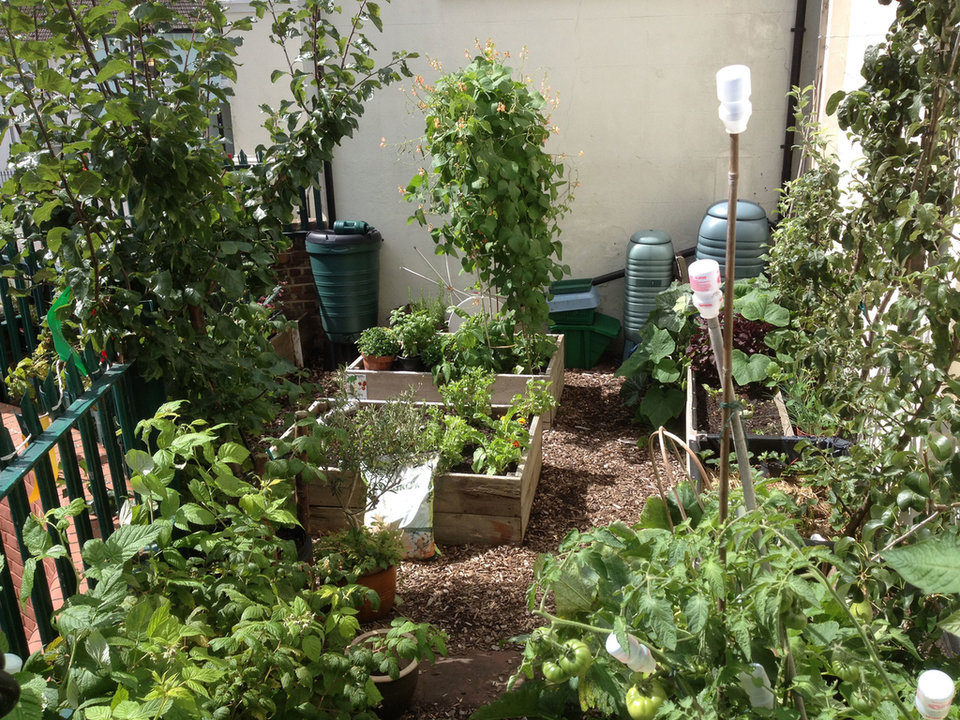The railways are impacting on loneliness and isolation and helping to promote social inclusion
Collaborative action across the UK
Originally developed as a “grassroots movement to shine a light on neglected and at-risk parts of the network”, the community rail project will be overseen by the DfT in collaboration with the Association of Community Rail Partnerships (ACoRP).
Based in Huddersfield but working across the whole of the UK, ACoRP is a national umbrella body that supports 61 community rail partnerships around Britain.
“We're really pleased that the role of community rail and transport generally has been recognised within the government's loneliness strategy,” explains chief executive Jools Townsend. “We're often thinking about transport as a technical system and if we start thinking more about the different ways that transport can impact on people's lives, it will help us involve more of them.”
Dialogue with the government and local authorities is crucial to making the Community Rail initiative work, which is why ACoRP is in ongoing discussions with the DfT about the role of the railway.
“The government wants to make sure that action is now being taken to drive that forward, so we're particularly focusing on how we can better engage young people in community rail,” Townsend explains.

Image courtesy of London Road Station Partnership
Action has to begin with central authorities, but also needs to be developed throughout the country, hence the need to support a network of groups and partnerships based in targeted areas.
As Townsend puts it, “part of what community rail is and does is about throwing spotlight on local needs and opportunities and helping large process-driven organisations that make up the rail industry to think more about communities and individuals and what's important at a local level.
“What's become very clear to us through exploring this topic and looking and researching into this topic is that the railways are impacting on loneliness and isolation and helping to promote social inclusion in all sorts of different ways.”
From heritage workshops to community cafés
ACoRP supports over 60 community rail partnerships across the UK currently involved in ongoing and new initiatives, which, according to Townsend, are proving extremely successful.
“Community rail is about people feeling a part of their communities, feeling connected not necessarily to other places, but to the people around them,” she explains. “A lot of community rail projects are orientated around that, often focused around stations, such as running community events, providing spaces for communities to come together, providing spaces within stations for local community groups to use, running heritage and arts projects to help people explore their local area creatively, as well as physically.”
Projects within this scope include the refurbishment of Newark’s unused railway station, which now hosts a community café, as well as gardening schemes, like in the case of Brighton’s London Road station, where volunteers work to grow fruit and vegetables with the community. According to ACoRP’s report on the matter, these initiatives are becoming a drive for economic growth, social inclusion and crime reduction.
“[These initiatives] are crucial in terms of enabling people to access work, education, training, leisure and social opportunities,” explains Townsend. “Often the railways play a particular role in helping people to access opportunities that would otherwise be out of their reach. It is particularly important that the railways are helping people to access these opportunities via sustainable and healthy means, rather than being dependent on car use or not being able to go places at all if you can't access or afford a car.”
Particularly focused on this aspect is the Leeds, Lancaster and Morecambe Community Rail Partnership, which has made the Bentham Line connecting these cities a dementia-friendly railway. The scheme also involves using rail travel to take nostalgic trips to the seaside and train staff to respond to passengers more effectively.
“It's key that we have a two-way dialogue between decision makers within the railways and communities at a local level,” adds Townsend, "and it's really important that we're thinking in that broad way, not just about people who are using rail at the moment but communities more broadly and how rail can best serve society.”
The National Citizenship Challenge, sponsored by Northern, was launched with this goal in mind. A national voluntary programme for 16-18 year-olds, it saw 400 youngsters travel throughout the Northern network to meet groups from different backgrounds and cultures to better understand the needs of other local communities.
These initiatives are crucial in terms of enabling people to access work, education, training, leisure and social opportunities
We would love to see greater awareness within communities and across the rail industry
A comprehensive transport network to tackle loneliness
The government’s plan to tackle loneliness and its Community Rail strategy are a step in the right direction. However, Townsend argues they risk being ineffective if not properly advertised nationwide and locally.
“We would love to see greater awareness within communities, greater awareness across the rail industry and more promotional activities to encourage communities to get involved and to come forward,” she says. “And we really hope that some of the work that we're doing at a national level with governments will help us to do that. There is also work to be done within the rail industry itself to improve understanding of its role.”
Looking ahead, achieving this purpose will mean stronger collaboration with industry stakeholders and working “at a strategic level in terms of developing that community rail, thinking about the value that is being delivered within communities and to individuals.”

Although the government’s main focus is on strengthening the role of the railways, Townsend hints there might be space for other means of transport in the future: “We are conscious that when a community is interested in getting involved and taking action on transport, they might be thinking about a whole range of different transport modes.”
ACoRP is already collaborating with the charity Campaign for Better Transport, which is currently bidding to get funds to improve transport via bus, and with a number of other organisations.
Conscious that a collective strategy might take longer to achieve, ACoRP has several other projects lined up for the future: “We're going to introduce a whole range of activities to better support our members and help them to engage more young people at a local level.
“We're also rolling out a range of training and development activities for groups to help staff develop their confidence and skills in delivering meaningful engagement activities with a particular focus on social inclusion.”